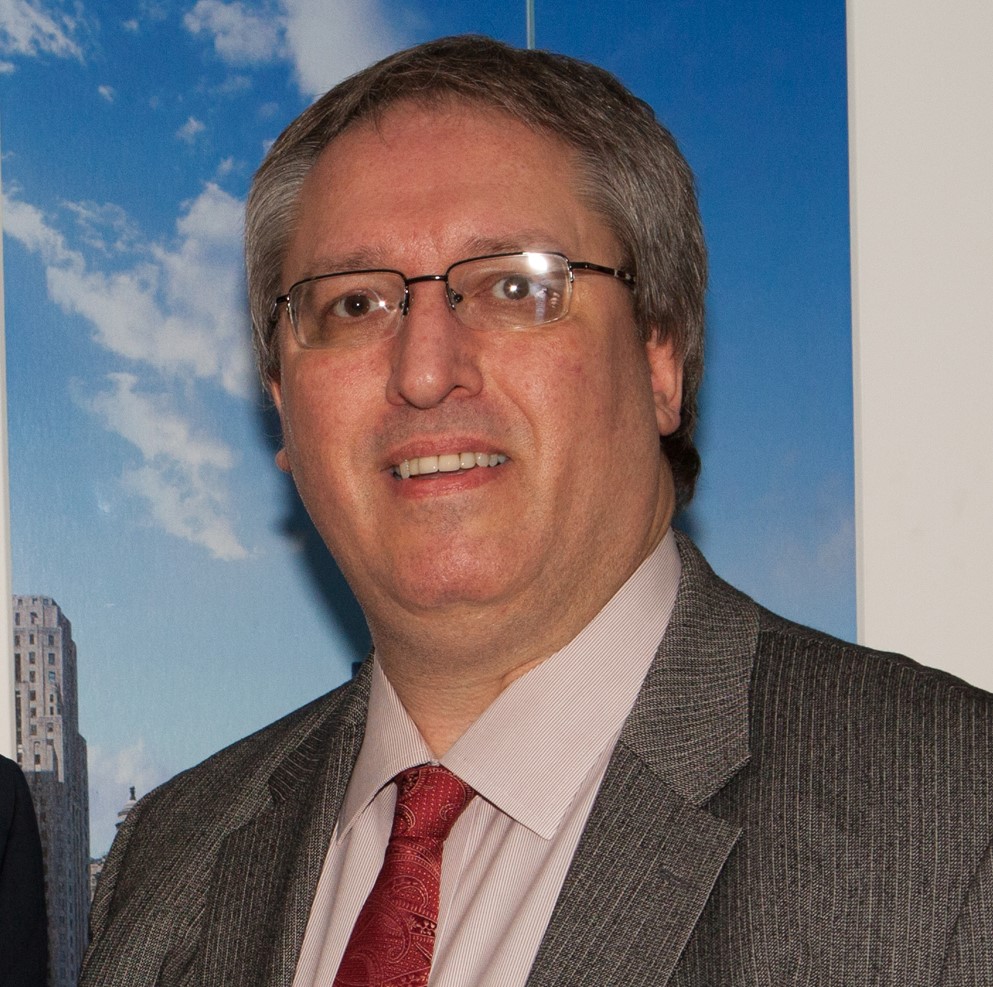By Robert Hornak
Now that petitioning is over and people are getting a good look at who is really running for mayor this year for both the Democrat and Republican Party lines, people are asking a question they often start asking around this time of the year – Is this the best we have for this important job?
But this year’s race offers a new dynamic. The two front runners aren’t just controversial or with limited appeal, but are truly despised by many voters in their own party.
Andrew Cuomo has tremendous baggage, but many Democrats clearly think he’s the best option in this field. Polling puts him well ahead and over 50% without undecideds.
Take your pick, Cuomo is blamed for signing the incredibly unpopular bail reform law, for the covid nursing home tragedy that killed many elderly, and there’s the accusation of him mistreating women on his staff. And while people acknowledge he’s a nasty bully, some Democrats see that as a positive given all the problems in NYC now.
Then there’s Zohran Mamdami, a distant second at 25% without undecideds. Mamdami is likewise despised by many for his anti-Israel antisemitic views plus his embrace of socialism and support from the radical DSA (Democratic Socialists).
These slim pickings have many people looking to improve things by changing how we hold elections. Two ideas have been floated, but neither actually helps. One is to move city elections from odd years to even years when we would have either a gubernatorial or presidential election on the ballot.
But that doesn’t address the problem of low primary turnout. Four years ago we had 942,000 Democrats vote in the primary for mayor. But just a year later in the primary for governor only 486,000 Democrats voted. Republicans were a little more consistent, with 52,600 voting in their 2021 mayoral primary and 60,000 voting in the primary for governor the following year.
In the November elections, citywide we had 1.1 million vote in 2021, 1.8 million in 2022 and 2.8 million in 2024. We can certainly assure the maximum vote for every office by just having elections every four years. Or would we?
We would have many more offices to vote for all at once, creating the most unwieldy ballot ever imagined. Especially with ranked choice voting only for the municipal elections, multiple languages required, and compatibility with the electronic scanning machines that tally votes, and down ballot drop off.
There are some people who will vote for the race at the top, but as you go down the ballot with federal and state legislative offices, judicial offices and other local races like borough presidents and district attorneys that are also in odd years, by the time you get to the propositions, the vote has diminished tremendously. Adding more offices for people to skip is not the answer.
The other idea is to open primary elections for city offices to voters not enrolled in that party. So, if there should be both a Democrat and Republican primary, each voter would choose which primary to vote in, and they would get either the Democrat or Republican ballot. But would this really increase the appeal for people who didn’t care before to turnout in primary elections? And it does nothing to help the general election.
The best option is going to a non-partisan voting system, an idea that was proposed during the Bloomberg years, but party leaders did everything they could to kill it. Now we have it only for special elections to fill vacancies, like the non-partisan election this Tuesday for the vacant council seat in Staten Island.
We already know how to run these elections and adopting them would allow us to eliminate the June primary altogether and just hold a ranked choice non-partisan election for city leadership every four years in the odd year. This way, we eliminate the excuse that the only election that matters is the June primary. It allows every candidate to run in the election that matters and would make many of these elections more competitive.
And it very likely might have the added benefit of making the outcome more mainstream instead of the current partisan process now that caters to most radical candidates in many districts. Increasing voter participation, making outcomes more mainstream, and saving money. That’s the solution we need.

Robert Hornak is a veteran political consultant who has previously served as the Deputy Director of the Republican Assembly Leader’s NYC office and as Executive Director of the Queens Republican Party. He can be reached at rahornak@gmail.com and @RobertHornak on X.


